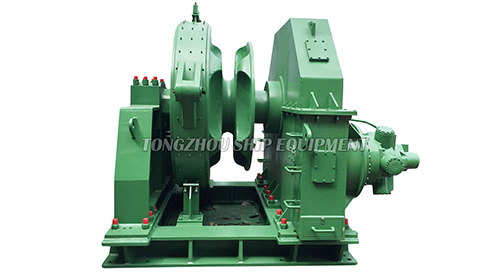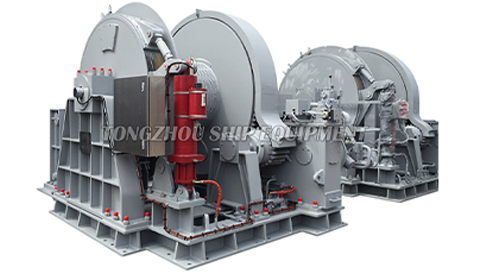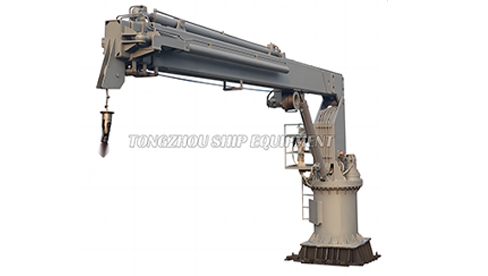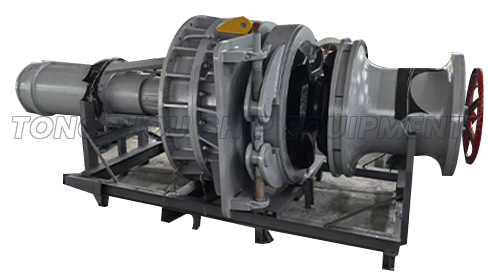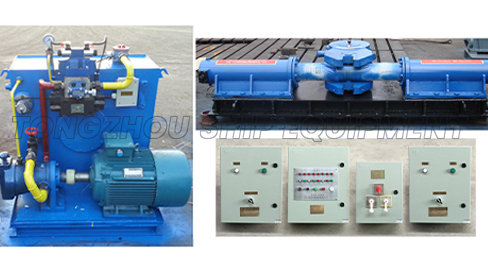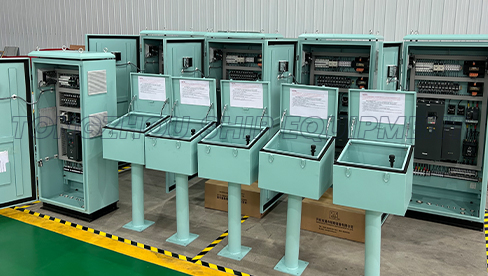What is Electric Windlass?
 2025.10.11
2025.10.11
 Industry News
Industry News
The maritime industry relies on advanced equipment to ensure operational efficiency and safety. Among these tools, the electric windlass plays a critical role in anchor handling.
Concept of an Electric Windlass
An electric windlass is a mechanical device powered by an electric motor, designed to raise and lower anchors, chains, or ropes on vessels. It functions by converting electrical energy into rotational force, which drives a gypsy or wildcat to manage anchor lines. Electric windlasses are integral to modern marine operations, offering controlled and reliable performance. Key components typically include the motor, gearbox, and control system, which work together to handle heavy loads with precision.
Types of Electric Windlasses
Electric windlasses are categorized based on design and application. Common types include horizontal and vertical models. Horizontal windlasses feature a motor mounted parallel to the deck, suitable for vessels with limited space. Vertical windlasses have a motor oriented perpendicularly, often used in larger ships for enhanced load distribution. Additionally, variations exist in capacity, such as those tailored for small recreational boats or commercial vessels requiring higher pulling power. These distinctions ensure compatibility with diverse marine environments.
Applications of Electric Windlasses
Electric windlasses are employed across various maritime sectors. In commercial shipping, they facilitate efficient anchor deployment and retrieval, reducing manual labor and improving safety. Recreational boating, including yachts and sailboats, utilizes electric windlasses for convenience during anchoring operations. They are also integrated into offshore platforms and rescue vessels, where reliable anchor management is essential. The adaptability of electric windlasses to different vessel sizes and conditions underscores their versatility in marine applications.
Comparison with Other Windlass Types
Electric windlasses are often compared to manual and hydraulic variants. Manual windlasses require physical effort, making them suitable for small-scale use but less efficient for heavy loads. Hydraulic windlasses, powered by hydraulic systems, offer high power output but involve complex installation and maintenance. In contrast, electric windlasses provide a balance of ease of use, lower maintenance requirements, and consistent performance. However, they may have limitations in extreme environments where power availability is constrained. This comparison highlights the importance of selecting a windlass based on specific operational needs.
Frequently Asked Questions (FAQ)
-
How does an electric windlass work?
An electric windlass uses an electric motor to drive a gear mechanism, which rotates the gypsy or wildcat to haul or release the anchor chain or rope. Control systems allow operators to manage speed and direction. -
What are the installation requirements for an electric windlass?
Installation typically involves securing the windlass to a reinforced deck, connecting it to the vessel's electrical system, and ensuring compatibility with the anchor and chain size. Professional installation is recommended to meet safety standards. -
What maintenance is required for an electric windlass?
Regular maintenance includes inspecting electrical connections, lubricating moving parts, and checking for wear on components like the gypsy. Cleaning to remove salt and debris helps prolong service life. -
Can an electric windlass be used in all weather conditions?
Electric windlasses are designed to withstand marine environments, but performance may vary in extreme conditions. Waterproofing and corrosion-resistant materials are standard, but operators should follow manufacturer guidelines for durability. -
How does an electric windlass contribute to safety?
By automating anchor handling, electric windlasses reduce the risk of injury from manual labor and ensure precise control during critical operations, enhancing overall vessel safety.
The electric windlass is a fundamental component in marine technology, offering efficiency and reliability in anchor management. Understanding its concept, types, applications, and comparisons aids in making informed decisions for maritime operations. As technology evolves, electric windlasses continue to support advancements in marine safety and functionality.



 English
English  عربى
عربى  中文简体
中文简体 
